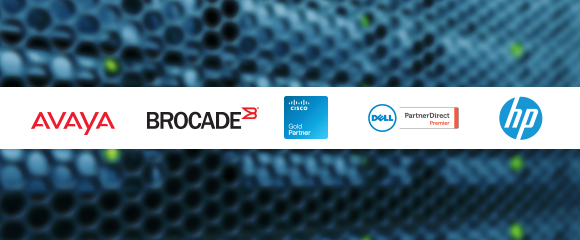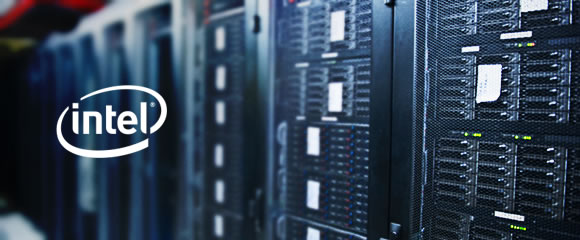Dynamic, scalable infrastructure for nimble organizations
Software Defined Networking The Open Networking Foundation defines Software-Defined Networking as the physical separation of the network control...
2 min read
![]() Zones
:
Oct 19, 2015 12:16:56 AM
Zones
:
Oct 19, 2015 12:16:56 AM
Like server virtualization before it, software-defined-networking (SDN) is gaining tremendous traction in the data center, due to its ability to reduce the complexity, expense, and time associated with network administration. And in light of the exponential growth of traffic stemming from increasing virtualization, real-time applications, and the adoption of cloud-based services, SDN has arrived just in time.
The major difference between SDN and traditional networking lies in its model of controller-based networking. SDN essentially separates control plane functionality from switches across the data center into a single centralized software entity, leaving only the data plane functions in the individual switches.
With this separation, network devices become simpler and easier to manage, as a centralized controller has a complete end-to-end view of the entire network, and knowledge of all network paths and device capabilities resides in a single application. The centralized controller provides the visibility and control necessary to move application workloads between compute resources connected to different physical switches without requiring network reconfigurations.
At this point in time, there are three basic approaches for implementing software defined networking. The OpenFlow standard is a secure communications protocol that enables remote programming of data plane functions in switches. Many switch vendors have implemented support for OpenFlow within their data plane architectures.
The second SDN approach is being driven by Software and Virtualization specialists like VMware and Microsoft offer a hypervisor-based network virtualization model called Network Virtualization Overlay (NVO). Like server virtualization, NVO introduces virtual switches that allow an organization to run multiple virtual networks on a single physical network, with each virtual network appearing to run as a physical network.
The third approach leverages a programmable framework where individual switches retain their control plane functions. An Application Programming Interface (API) allows control of the switches local data plane functions.
All of these represent valid approaches to SDN.
Regardless of which approach you decide to take, SDN offers a number of key advantages that are common to all:
While it’s clear that SDN can deliver significant advantages in virtually any environment, there are a number of issues specific to your infrastructure that must be considered before moving forward.
To help you evaluate the approach that will yield the greatest efficiency for your organization, a Zones account executive can arrange a conversation with a certified solution architect from the Zones Advanced Solutions Group.

Software Defined Networking The Open Networking Foundation defines Software-Defined Networking as the physical separation of the network control...

Optimize the data center with Intel® 10GbE networking Explosive growth in virtualization is leading to an increasing demand for network performance.

It’s no exaggeration to say that success in business often comes down to network optimization. It’s a matter of efficiency – if you have a...